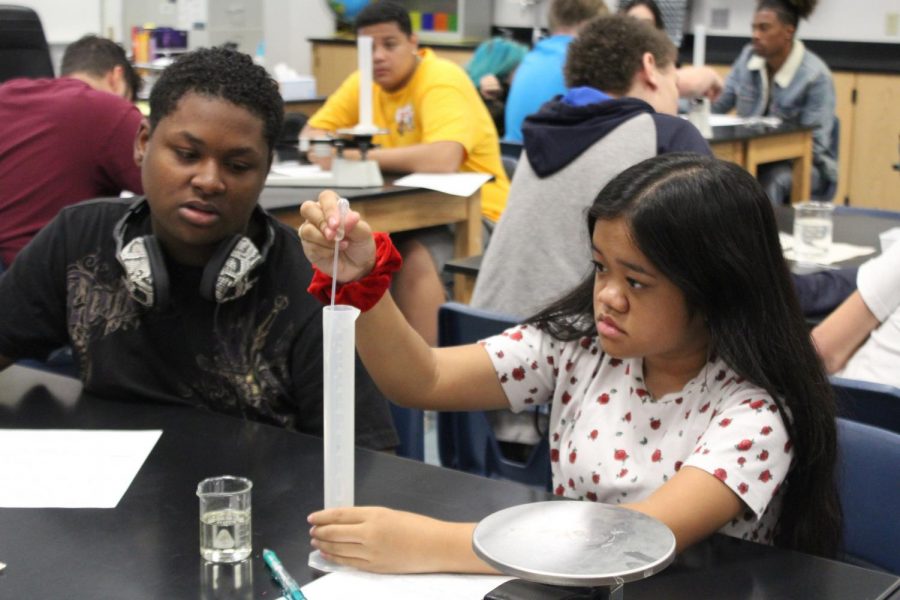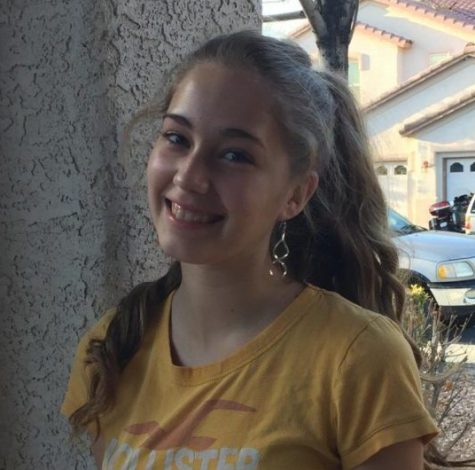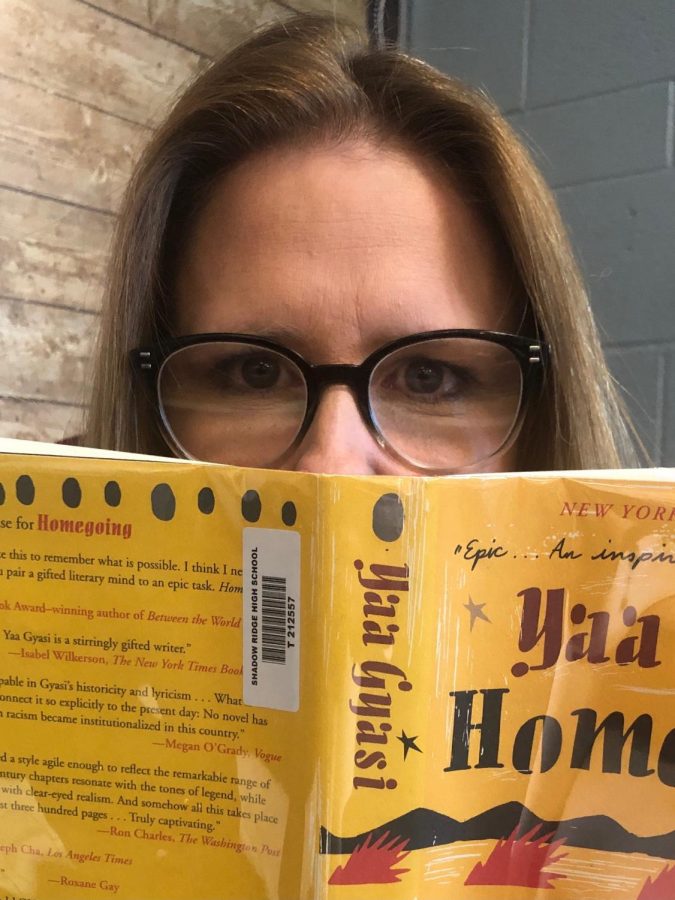Flipped Classroom
Courtesy of Shadow Ridge Yearbook
June 13, 2020
Shadow Ridge teachers each have a unique style of teaching. One method that many teachers utilize in their classrooms is a “flipped classroom.” Flipped classrooms are where students learn the lesson material at home by watching videos either made by the teacher themselves or other qualified teachers and programs. Then during class time, students work on practice problems and have the opportunity to ask their teacher any questions they had while watching the video.
One of the teachers at Shadow Ridge who teaches in a flipped classroom style is Dr. Dennis, a math teacher, who says, “I chose to start using flipped classroom to better serve the needs of all of my students. My students who caught on quickly to topics could continue moving on or I could have them do an enrichment activity while giving the students who need more one-on-one help the attention they need.”
In order to achieve this, Dr. Dennis uses a program called EdPuzzle. This keeps the students accountable for the work that they’re supposed to do at home. Dr. Dennis explains, “I upload all of my videos to Edpuzzle and assign them. It integrates seamlessly with Google Classroom so it looks like an assignment in Classroom. I can add due dates and times in EdPuzzle which also show up on Classroom. EdPuzzle also monitors when a student watches the video and how much of the video is watched. It also tells me if a student goes back and watches certain parts of the video more than once. My favorite part of the program is that it does not allow the students to fast forward!”
This covers what students do for homework, so what do students do during class time? Class time is available for discussing the lesson briefly and for the students to ask any questions either in front of the whole class or privately with the teacher. This is opposed to the traditional method of teaching where if there were any questions about the homework while working problems out, students would have to wait until the next day to ask questions and just struggle through the rest of the problems.
Dr. Dennis describes the #1 benefit of flipped classrooms being the ability for students to watch lessons as many times as they need. This method of teaching also allows students to pause or take a break when they need it and to rewind a lesson. Students obviously can’t do this in real life with teachers.
Dr. Dennis, however, admits to there being drawbacks with a flipped classroom as there are with any teaching method. She claims, “The #1 drawback is I really don’t know if a student is learning the material to the fullest extent until an assessment because of all the group work we do in class.”
As with all teachers at Shadow Ridge, Dr. Dennis wants the best for her students and finds that having a flipped classroom helps her reach that goal.
“My goal is to allow students to take their education into their own hands and get out of it what they want,” Dr. Dennis remarks, “I hope it helps those who are bored in class because we aren’t moving fast enough to keep going and those who need more time to slow down and get more help from the teacher.”








